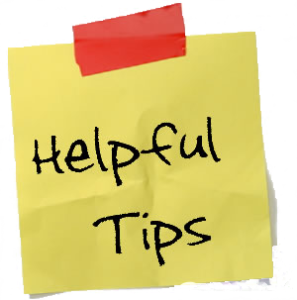 A post from student blogger Nicole
A post from student blogger Nicole
Throughout the first semester, our Patent Law and Prosecution I teacher would generously provide us with tips for taking the Patent Bar Exam. Everyone appreciates a helping hand so I’ve decided to share some of the tips today.
Tip 1: One of the most helpful tips I received from the professor was to create a matrix with the question numbers and letters. I find that this will be very helpful for me when I take the exam. That way when I come to a question I don’t know, I can eliminate some of the answers I know are wrong and then skip the question and come back to it later. I’ll already have some of the answers crossed out, and I’ll have a fresher look at the answers left.
Tip 2: Read the questions and answers carefully. Make sure the question isn’t saying not patentable or not in accordance. Underline important information or certain words like I just did. Also be careful with the wording of certain questions.
Tip 3: Don’t just glance at certain parts of the question. Sometimes a part of the question you think seems irrelevant, might actually be the most important part of the question.
Tip 4: Don’t get caught up in all the dates if one of the questions has several different dates in it. Sometimes this is to trick you.
Tip 5: Keep a good pace. You only get 3 minutes and 36 seconds to answer each question. That may seem like a lot of time, but a bunch of the questions are long with a lot of information in them. If you have to look up a question, you really have to budget your time.
Tip 6: There are a lot of questions on 35 USC 102 and 35 USC 103.
So on a side note here are some additional little tricks that will help when taking the exam. When in doubt pick the answer that includes the words “and pay the fee”. The USPTO loves money. Also some of the questions are “most correct answer” so they may all sound right, but only one is the most right. In my opinion this is the worst kind of question. But anyway, I hope some of these tips will help out and good luck to anyone who is going to take the Patent Bar Exam!


